Complete Fittings
When an electrical component is waterproof or weather proof there is normally a range of water resistant quality described by an IP Rating. It is quite a complex rating system and the rating should be applied by an electrical contractor who knows the application required and can determine the IP rating required.
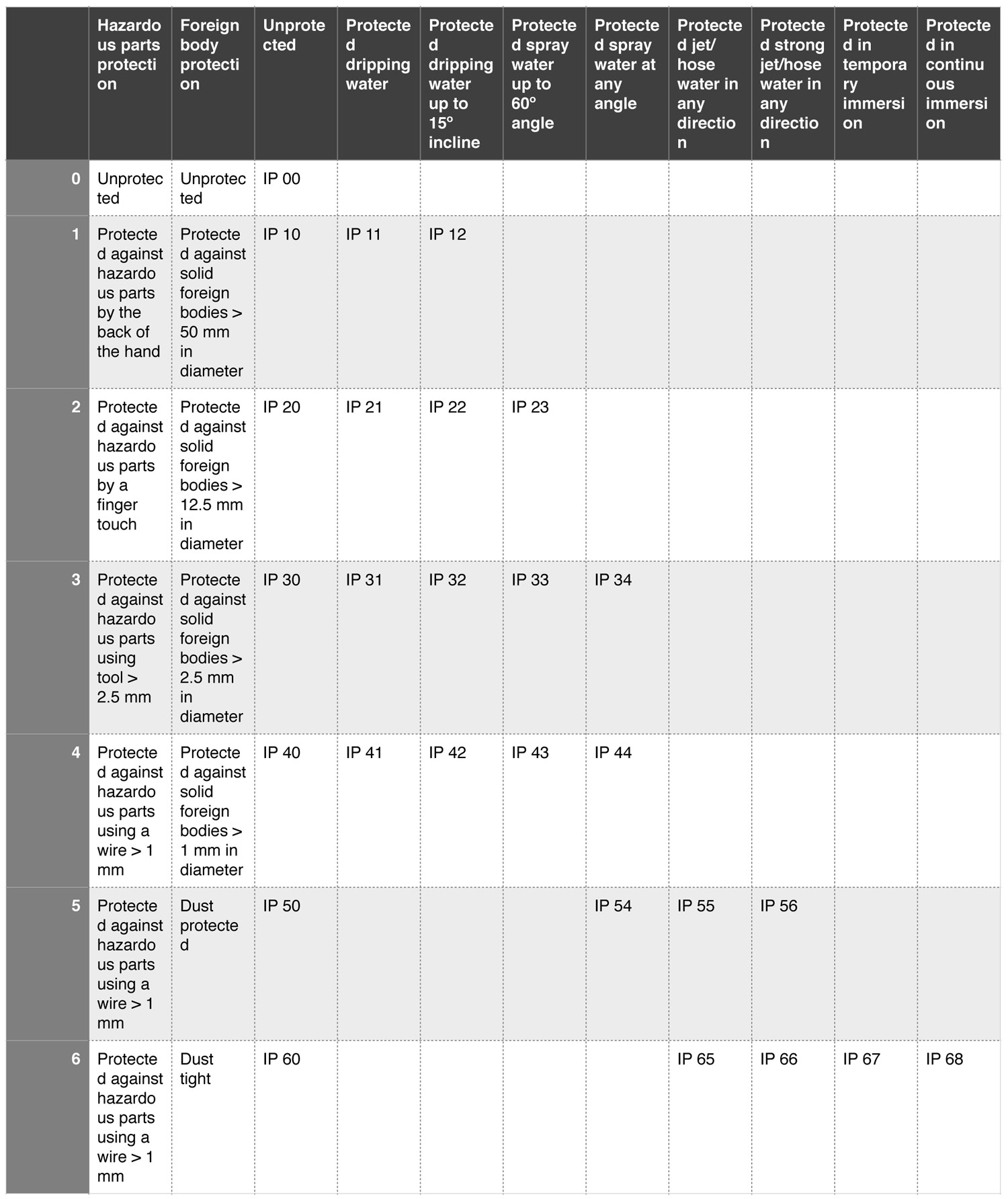
Our 24v low voltage kits can be used as permanent fixtures indoors and outdoors. When string lights are required in a commercial environment or for permanent external use, we would recommend that this system is implemented.
When the string lights are used in close proximity to people, the 24v kit is a safer option, primarily because there is a low voltage running through the cable. The globes are also poly-carbonate and will not shatter. Longer lengths can also be achieved using the low voltage system due to the overall watts used.
Our 240v party light kits have an IP44 rating when installed correctly but are not recommended as a permanent outdoor solution. The 240v option is an ideal temporary solution. We always recommend that caution is exercised when installing any electrical item and that the supplied installation documents are adhered to.
In order to achieve the IP rating the systems need to be installed correctly. This may involve an electrician who will confirm your requirements.
At voltages below 40v, electrical systems are not required to be IP rated.
If you have an idea for a plumbing pipe light that you’d like us to build then we are here to help.
Plumbing pipe is a very versatile material to use, but there are limitations. It may be that you want to extend or subtract from one of our existing lights or have a new idea all together. Please send us as much information as possible. Any drawings you have (even a freehand sketch), dimensions, limitations regarding power access, globe choice, pipe finish and electrical hardware colour will all help us to be able to provide you with an accurate quote.
Once we have all of this information from you, we will be able to digitally draw an image for your approval that will fall within the limitations of the material.
Don’t be afraid to get creative – we’ll do our best to make it work. Send your info to [email protected] and don’t forget that we already have a large selection of plumbing pipe lighting here.
Whilst we do not advertise custom designed lighting, we do have a large range of components that allows us to fashion a large variety of customised pendants. In most cases we will need accurate drawings or we will create accurate drawings prior to any quote and build.
We are best trying to fabricate from existing components but at times a job may require specially made parts. These items can take up to 10 weeks to be machined and plated so where possible we will attempt to design from parts that we have in stock.
Below is a light derived from our Billiard table pendant made for the Jockey Club at Kowloon Racecourse Hong Kong

We are often asked how to order lighting for various size billiard tables.
This is a complex issue that relates to the table size and the room height as well as the specific requirement for lighting.
If your lighting requirement is largely for decorative effect then a single 3 or 4 light version with your choice of shade will work fine.
For more serious Billiards play where lighting plays an important factor perhaps a solid metal reflection shade closer to the table and more spread evenly over the table is advisable using perhaps two lights over a larger table.
Below are a range of standard billiard table sizes where one single light or two lights are used to spread lighting. If you have space in ceiling height then perhaps the larger braced plumbing pipe light may work best.
Options for 6’X 3′ table
Options for 7’x3’6″ table
Options for 8’x4′ table
Options for 9’x4’6″ table
Options for 12’x6′ table
We all know that water and electricity doesn’t mix. When your hands are wet for example, you have a far greater risk of shock. So how do you design good lighting and power into you bathroom? Here are a few things to consider before you get going on your project.
In Australia and New Zealand at least, a licenced electrician must carry out all domestic electrical installations. There are strict rules and regulations (AS/NZS3000) that must be followed, and wet areas such as bathrooms, laundries and kitchens require special attention. A good electrician will be able to guide you as to what is allowed in your situation, so get them involved early in the design process. (That goes for the plumber too.) If you are using a designer then they should be aware of requirements as well.
However, it is also beneficial to have some basic understanding of the rules and regulations regarding wet areas so that you can take a more informed approach. Please note this is not a how to guide, rather we are trying to demonstrate the need for you to employ qualified professionals early when designing and choosing fittings.
ZONES:
When water is in close proximity to electricity, we generally agree it’s potentially a bad situation if you are there too. When there is some distance between water and electricity we feel safer. Zones are designed to define areas with precise measurements in an effort to keep you safe. In the wiring standards AS/NZS3000 bath, shower and fixed water container section, there are four zones. Each zone has its own rules on what can and cannot be installed.
Zone 0: Best thought of as the area that may collect water such us the shower trough, a sink or bath.
Zone 1: Usually adjacent to Zone 0, i.e, shower walls.
Zone 2: For showers, it is the area immediately outside the shower door area. For vanities and baths, it is the area surrounding the water containment.
Zone 3: An area outside of zone 2, usually thought of as the least restrictive.
An obvious example on the use of zones is in Zone 0, power outlets are not permitted. You do not want a power point in the base of your shower!
Another example is lighting in Zone 0. It is permitted, but it must be designed specifically for use in a bath or shower, be low voltage and have an IPX7 (Ingress Protection) rating. Lighting in Zone 1 requires IPX4, Zone 2 requires IPX4 OR double insulated OR low voltage OR be recessed into the ceiling, and Zone 3 has no IP rating requirements.
This is why it’s difficult to answer the question “Can I use this light fitting in my Bathroom?” without all the details of where it’s being installed. You may want a wall light either side of a mirror. The position on the left may be permitted, the same light fitting on the right side may not be permitted as it is deemed to be inside a more restrictive zone.
A good designer and/or your electrician should be able to work these issues out before you start building. A good approach might be to draw the plan and elevations of your new bathroom and ask your electrician or designer to mark out all of the zones represented in your design. Alternatively you can mark out your bare framed bathroom with a marker or masking tape. If your electrician is not too familiar with bathroom regulations, or you feel is being over cautious, send him to standard AS/NZS 3000 section 6.2.4..
We can retrofit a number of our standard light fittings to 12V along with low voltage globes to suit. These will comply with Zone 2 requirements. Our range of standard light fittings are generally suitable for use in Zone 3.
General information
We all know that water and electricity doesn’t mix. When your hands are wet for example, you have a far greater risk of shock. So how do you design good lighting and power into you bathroom? Here are a few things to consider before you get going on your project.
In Australia and New Zealand at least, a licenced electrician must carry out all domestic electrical installations. There are strict rules and regulations (AS/NZS3000) that must be followed, and wet areas such as bathrooms, laundries and kitchens require special attention. A good electrician will be able to guide you as to what is allowed in your situation, so get them involved early in the design process. (That goes for the plumber too.) If you are using a designer then they should be aware of requirements as well.
However, it is also beneficial to have some basic understanding of the rules and regulations regarding wet areas so that you can take a more informed approach. Please note this is not a how to guide, rather we are trying to demonstrate the need for you to employ qualified professionals early when designing and choosing fittings.
ZONES:
When water is in close proximity to electricity, we generally agree it’s potentially a bad situation if you are there too. When there is some distance between water and electricity we feel safer. Zones are designed to define areas with precise measurements in an effort to keep you safe. In the wiring standards AS/NZS3000 bath, shower and fixed water container section, there are four zones. Each zone has its own rules on what can and cannot be installed.
Zone 0: Best thought of as the area that may collect water such us the shower trough, a sink or bath.
Zone 1: Usually adjacent to Zone 0, i.e, shower walls.
Zone 2: For showers, it is the area immediately outside the shower door area. For vanities and baths, it is the area surrounding the water containment.
Zone 3: An area outside of zone 2, usually thought of as the least restrictive.
An obvious example on the use of zones is in Zone 0, power outlets are not permitted. You do not want a power point in the base of your shower!
Another example is lighting in Zone 0. It is permitted, but it must be designed specifically for use in a bath or shower, be low voltage and have an IPX7 (Ingress Protection) rating. Lighting in Zone 1 requires IPX4, Zone 2 requires IPX4 OR double insulated OR low voltage OR be recessed into the ceiling, and Zone 3 has no IP rating requirements.
This is why it’s difficult to answer the question “Can I use this light fitting in my Bathroom?” without all the details of where it’s being installed. You may want a wall light either side of a mirror. The position on the left may be permitted, the same light fitting on the right side may not be permitted as it is deemed to be inside a more restrictive zone.
A good designer and/or your electrician should be able to work these issues out before you start building. A good approach might be to draw the plan and elevations of your new bathroom and ask your electrician or designer to mark out all of the zones represented in your design. Alternatively you can mark out your bare framed bathroom with a marker or masking tape. If your electrician is not too familiar with bathroom regulations, or you feel is being over cautious, send him to standard AS/NZS 3000 section 6.2.4..
We can retrofit a number of our standard light fittings to 12V along with low voltage globes to suit. These will comply with Zone 2 requirements. Our range of standard light fittings are generally suitable for use in Zone 3.








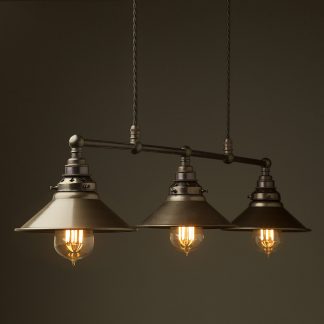
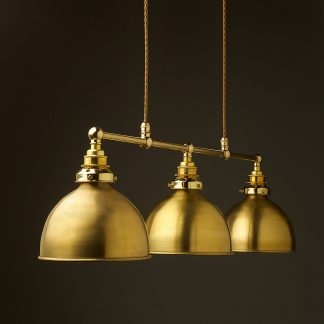
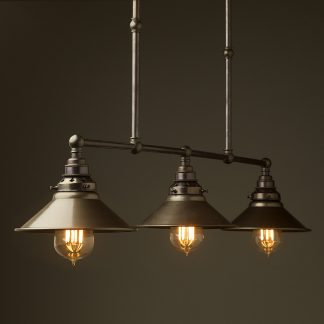
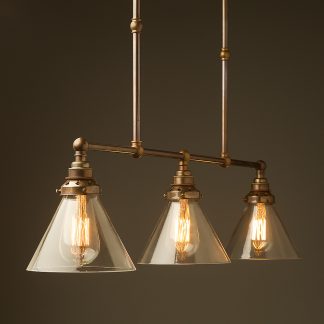
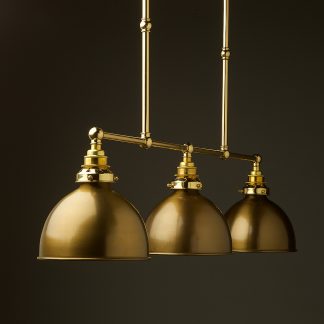
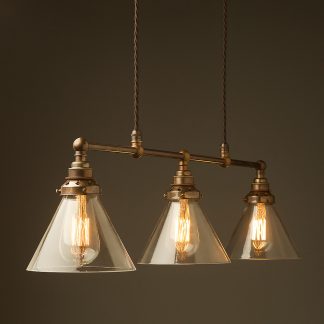

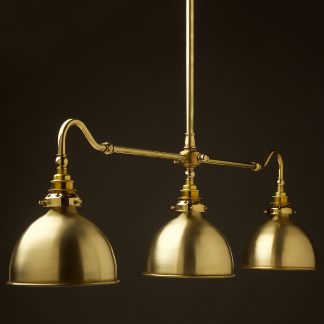

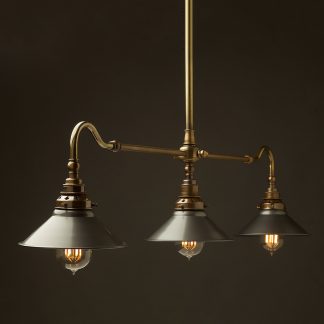


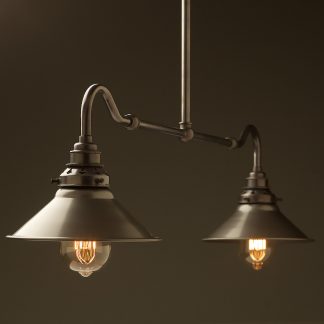
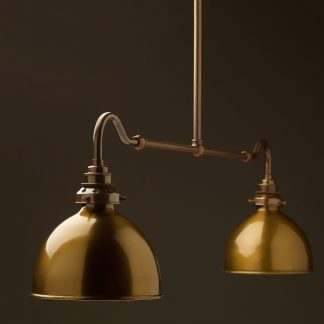





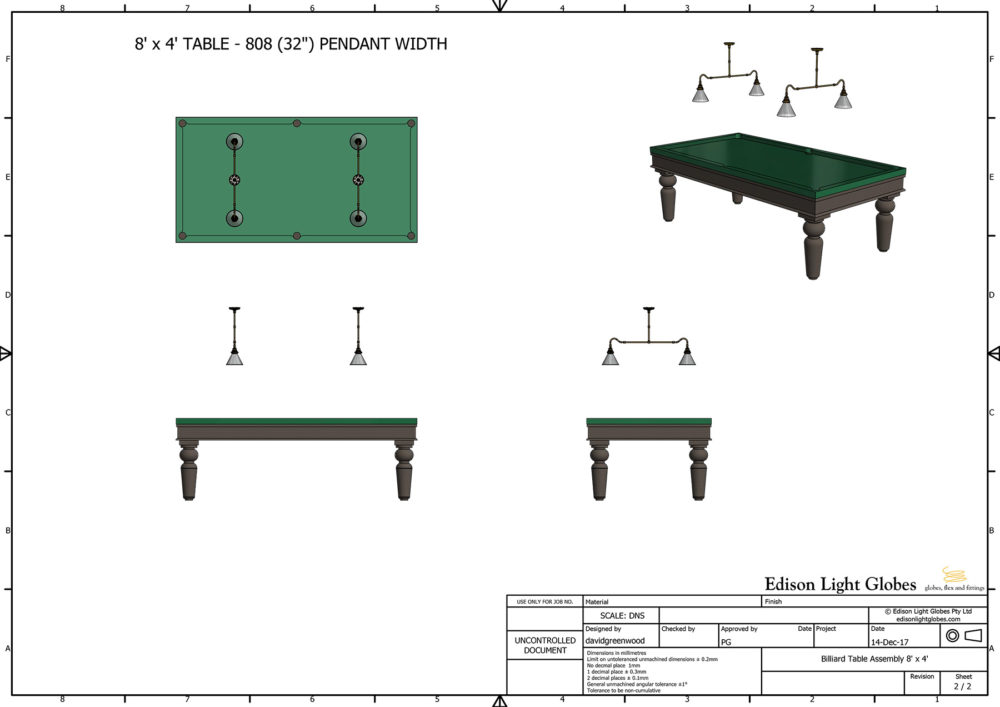
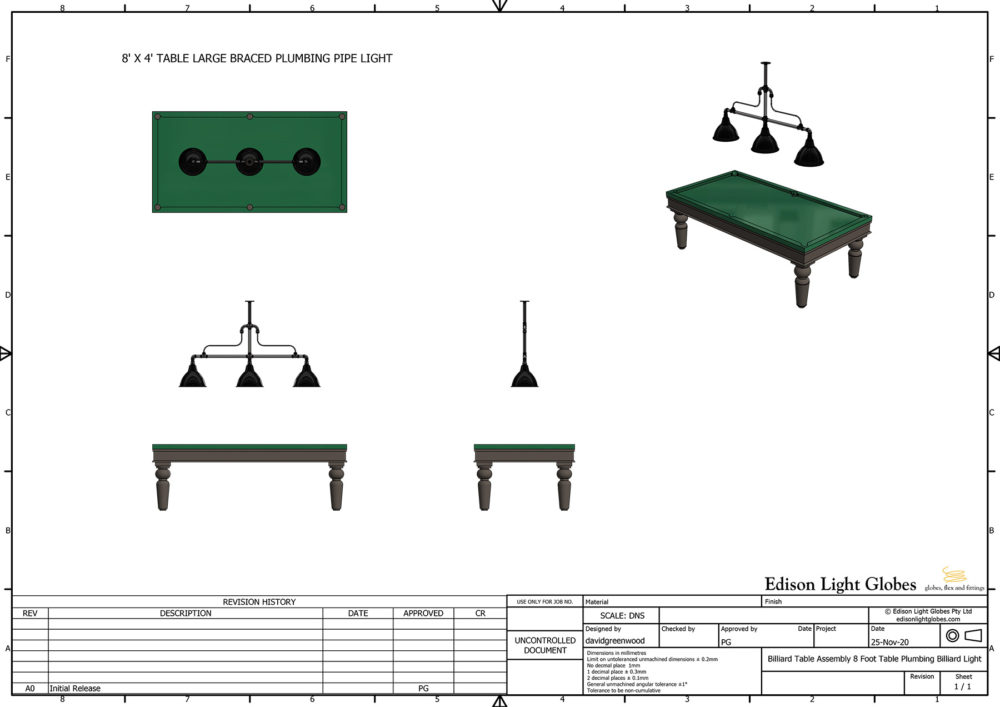
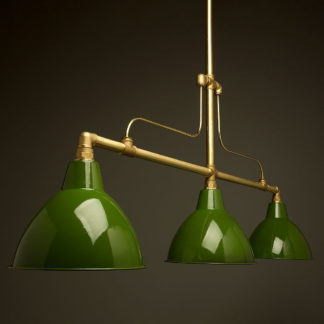
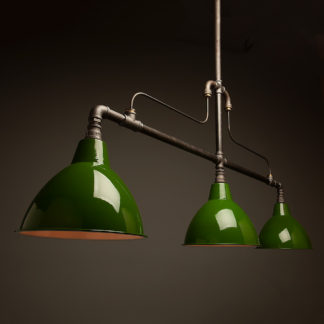



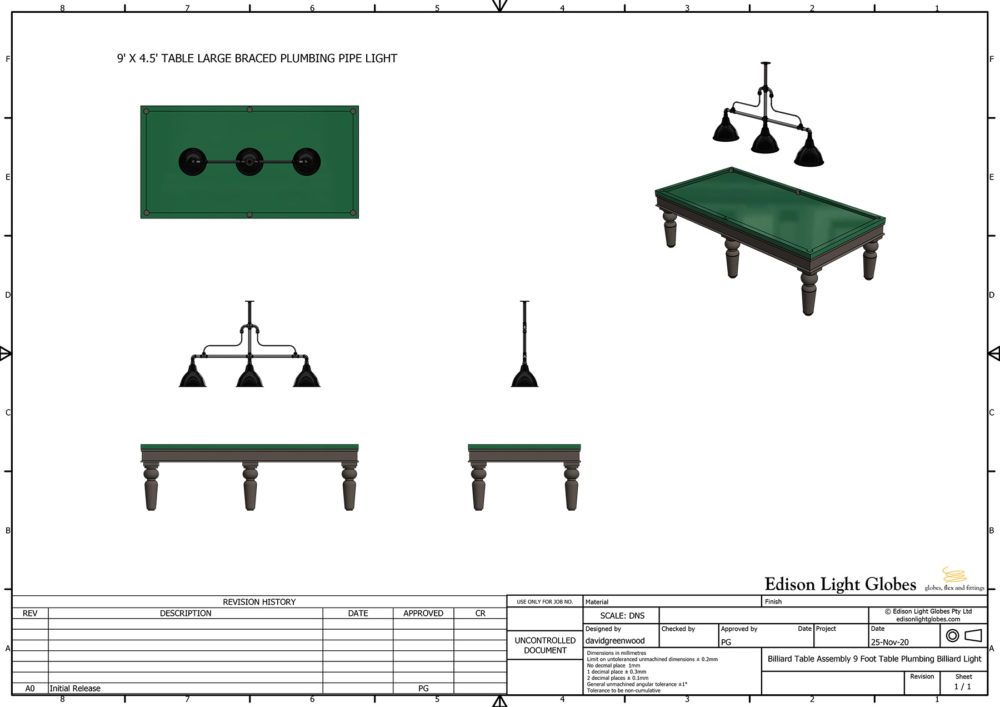

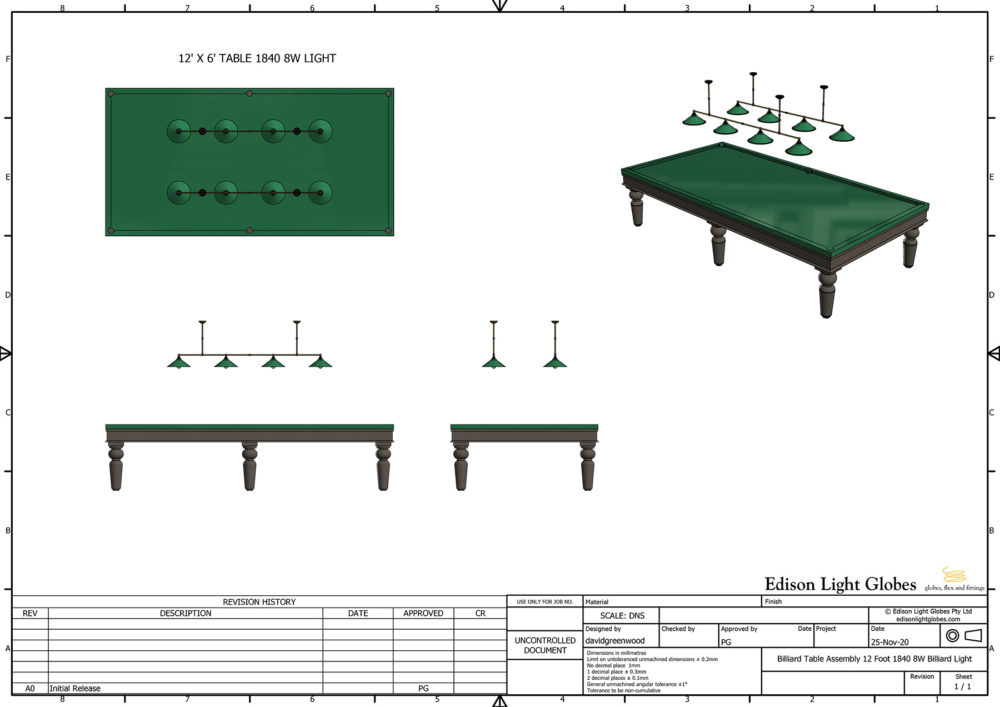
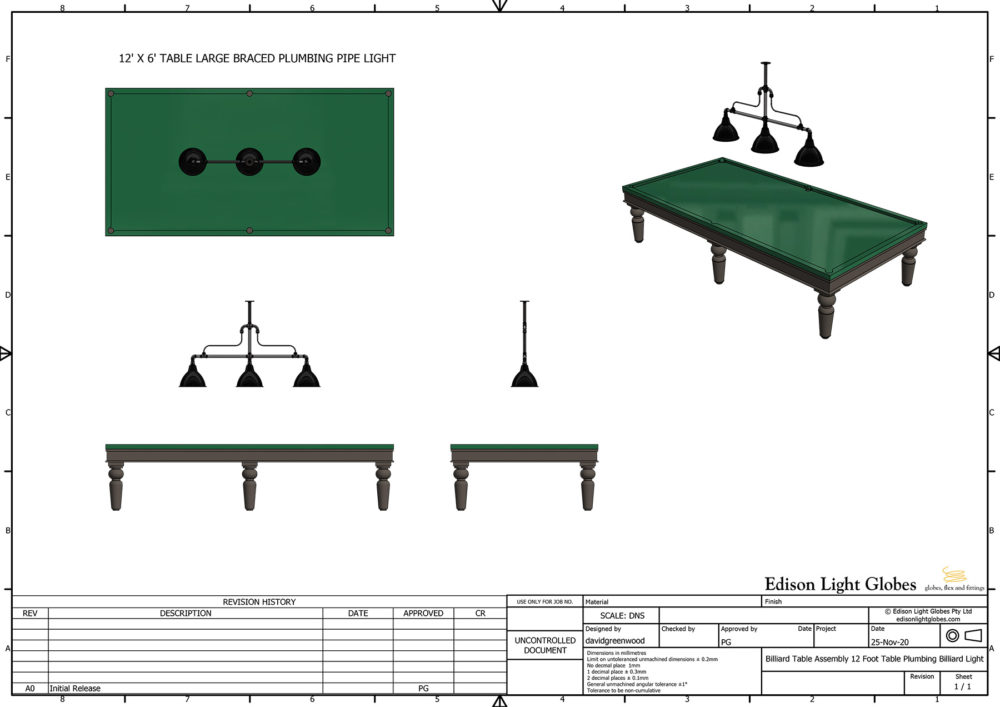
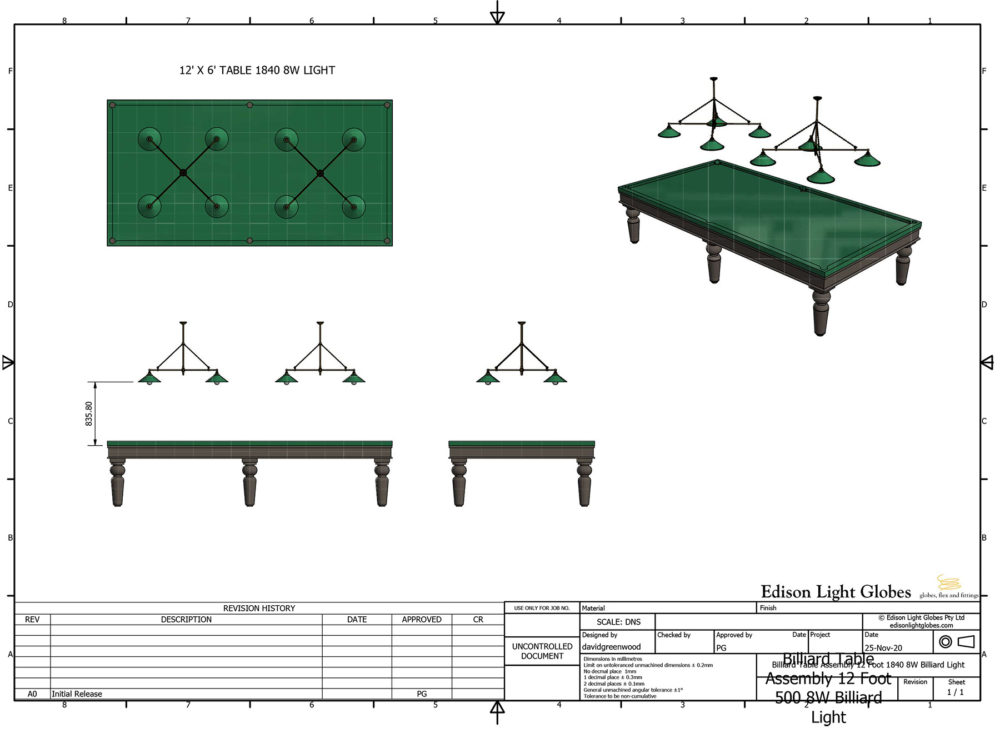

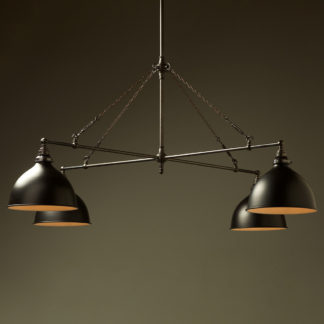
 Subscribe to our channel
Subscribe to our channel